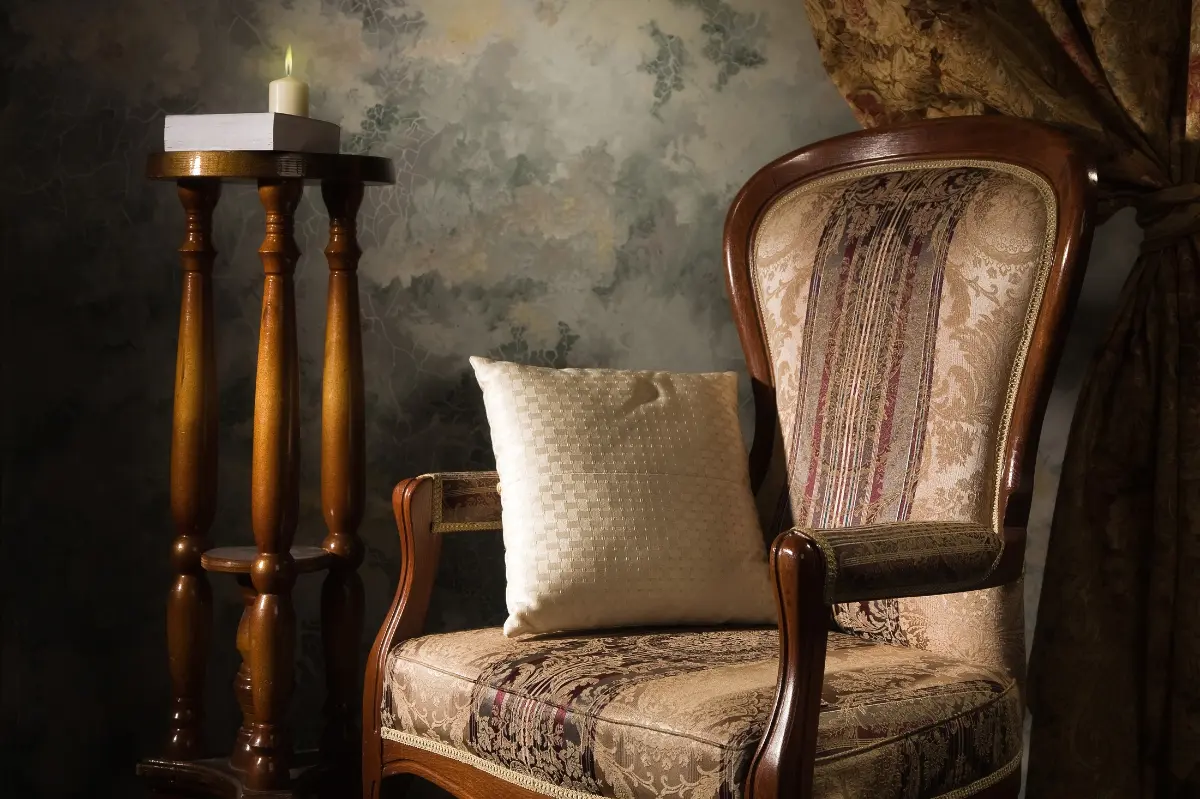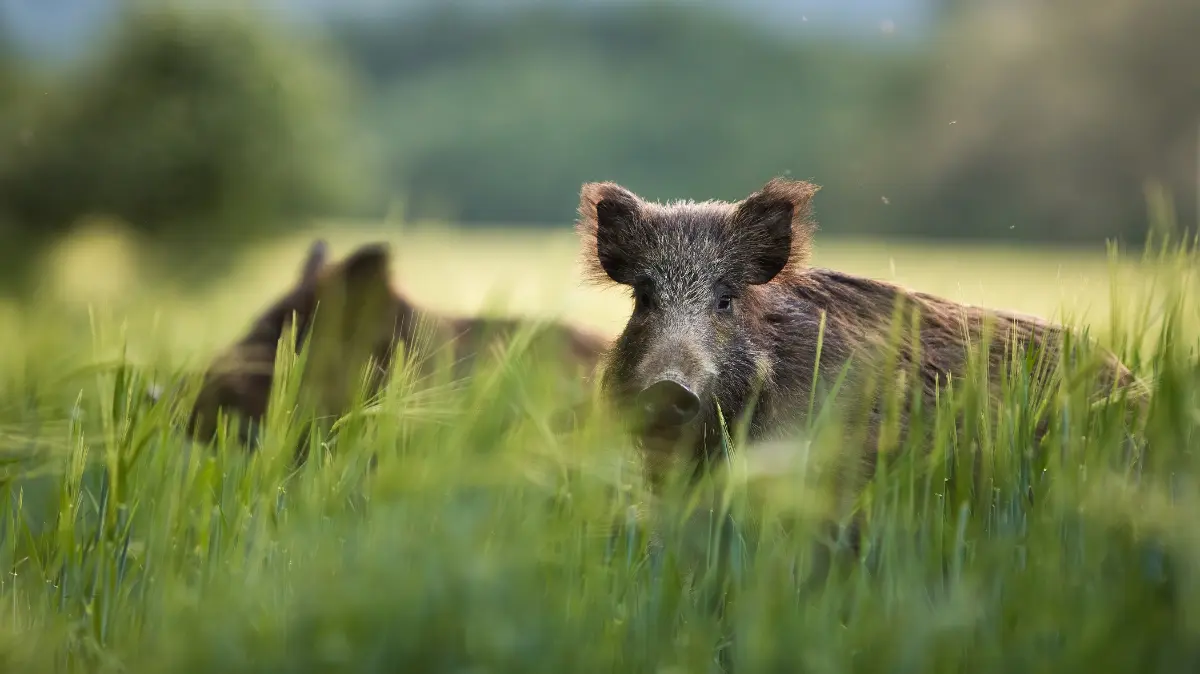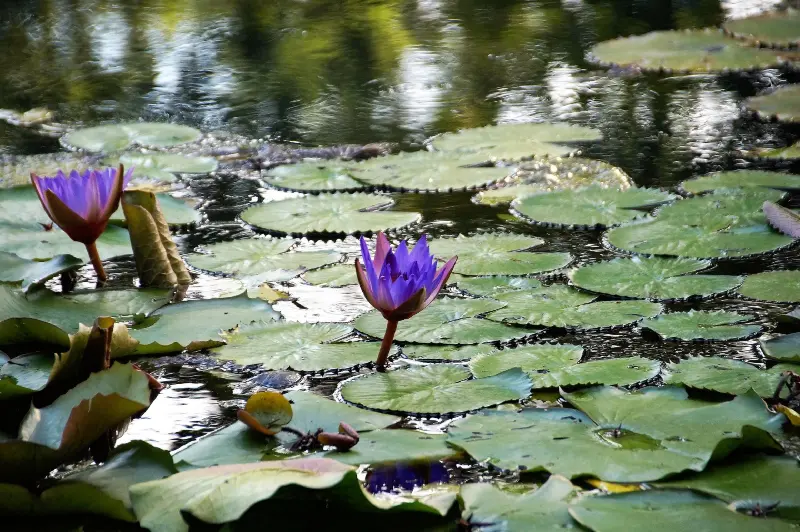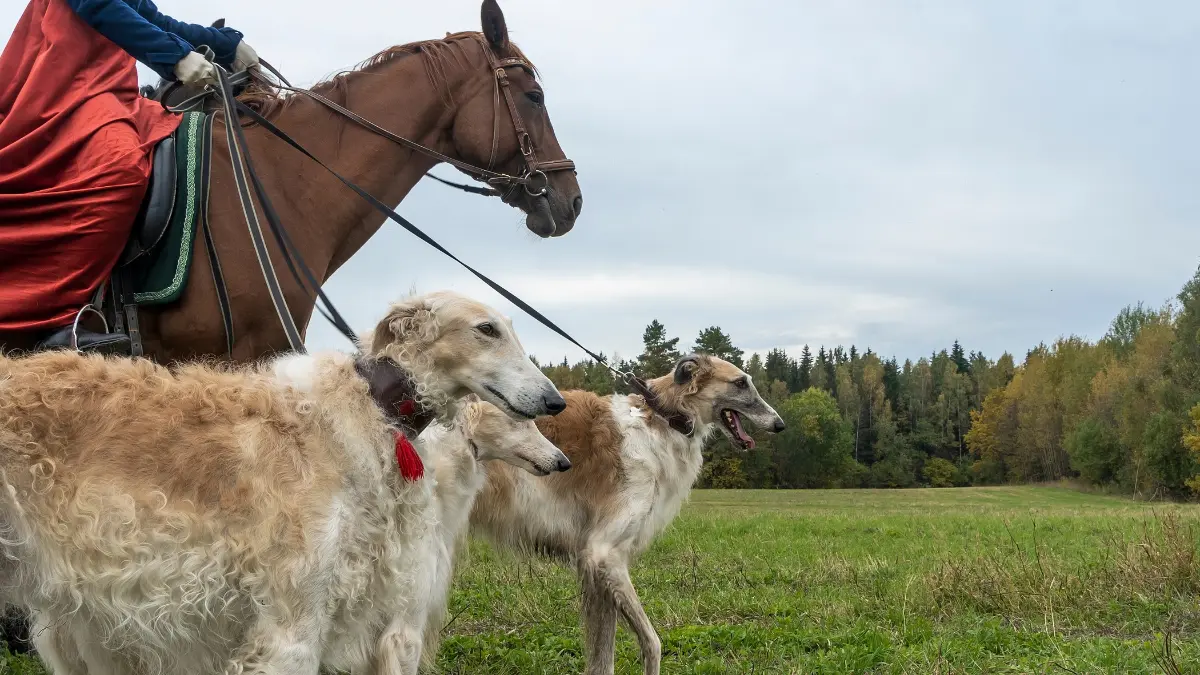
Helyszín címkék:
Multi-faceted Counts of Hungary
Hype&Hyper
Industry, spirit of adventure and Hungarian identity - the adventurous life of Jenő Zichy
Count of Zics and Nagyvázsony Jenő Zichy, scion of the old Zichy family, was one of the prominent industrial politicians of the 19th century. His parents were imperial and royal chamberlain Count Edmund Zichy and Paolina Odelscalchi, and due to his sophisticated aristocratic upbringing he was highly educated. After law school his path led straight to politics, in 1860 he was the high sheriff of Fejér county, and later on he got more involved in public life: he has been member of parliament for three terms. First, he was present in parliamentary life as an emblematic figure of Deák Party, then in 1870 he left the Party, and politicised under the auspices of the Liberal Party, and later on the Party of Independence and ‘48.

Although his political presence was unquestionable, his industrial, economic and social developments proved to be much more lasting, and this was best demonstrated by the fact that his contemporaries called him the “count of industry”. His idol was Count István Széchenyi the Greatest Hungarian; following his example Count Zichy often travelled abroad for study trips, from where he returned home with the idea of sewerage and hydraulic architectural developments that were realised in the Great Hungarian Plain and in many corners of the country. Besides the creation of sewerage he has done much for the industry and the workers: In his pamphlet of 1880 he wrote about the transformation of Hungarian industries, the development of export industry, tax benefits and industry laws. The count of industry understood that for the development of industry the organisation of exhibitions was indispensable, therefore in 1979 he organised one of the most important industrial exhibitions in Székesfehérvár, for the production of which he donated a considerable amount of his own wealth. The organisation of the event lasted for two years, and it achieved outstanding results. Thousands of people attended, and it also resulted in the infrastructural development of the city. Due to his innovations of great importance and to his influence he was the president of the Hungarian Association of Industry until his death.
His open personality not only led him to the great industrial innovations, but the spirit of adventure brought him all the way to the Caucasus in order to search for the origins of Hungarian identity.
He launched several expeditions at his own expenses in order to find the origin of Hungarians. Jenő Zichy’s romantic idea of the Hungarian homeland can be interpreted as part of the process of cultural nation building. The year of millennium in Hungary implied a patriotic public sentiment, which was a breeding ground for the discussion of theories about the origins of Hungarians. With the expedition the counted wanted to clarify the disputed questions about the origins of Hungarians. He carried out the expedition – just like the organisation of world fairs – in a precise and well-planned manner: prior to the journey he read anthropological and ethnographic literature, and asked renowned researchers about the various theories. He took with himself on the expedition the most significant researchers of the era, thereby the professional collective included people such as historian Lajos Szádeczky-Kardoss, archaeologist Mór Wosinszky, Sekler linguist Gábor Bálint teacher of oriental languages, and the Armenian Jakab Csellingerián interpreter and writer, and Munich painter Károly Wuttke also joined the adventure.
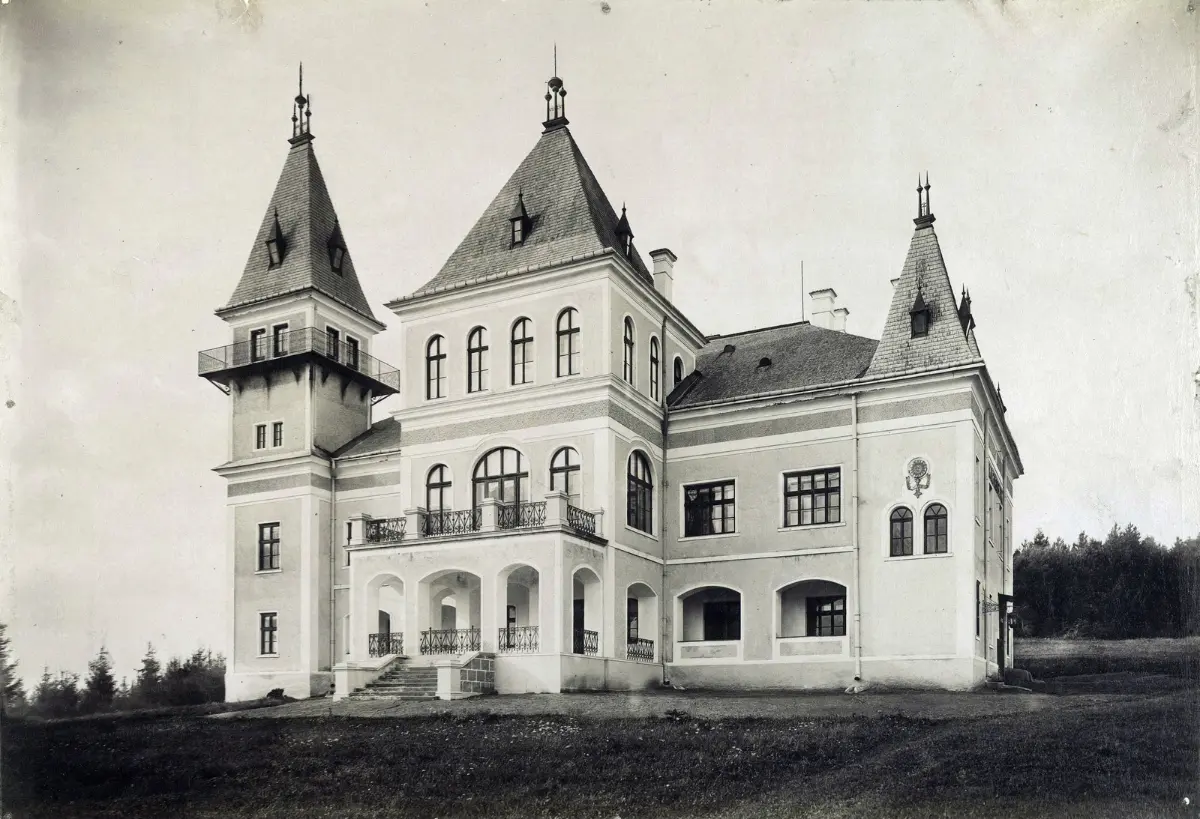
Between 1895 and 1898 he organised three expeditions in the different regions of the Caucasus – the third expedition that aimed the presumed stopping points in the migration of Hungarians led to professional conflicts, so finally Jenő Zichy to the pressure of scientist researched the Finno-Ugric origin instead of Turkish-Tatar origins. Although professionals denounced the results of the expeditions at some extent, there is no doubt that the rich material brought to Hungary has a significant scientific value. Although Jenő Zichy passionately loved his country, he has been a real cosmopolitan for all his life. He spent the last years of his life ill in Egypt and Merano in South Tyrol.
The lover of hunt and nature, Count Zsigmond Széchenyi
Nobleman, but in the first place hunter, traveller and writer. Although Count Zsigmond Széchenyi from Upper Sárvár Region was born to be a count, his career elevated him to a higher rank: he is considered one of the most outstanding hunters of Hungary to this day. His father Viktor Széchenyi was the head of Fejér county and the free royal town of Székesfehérvár, and besides his titles he had numerous lands – maybe that’s where Zsigmond Széchenyi’s special commitment to nature can be originated from. His adventurous, but bittersweet life started quite early: after having graduated from high school he was enlisted serving in the First World War, after which he enrolled in law school. Although he waited a long time for his legal studies, he took a leave from the law school after a short time and started to study wildlife and nature instead. His commitment to nature reached such a high level that he studies zoology in Cambridge and Oxford. Returning to Hungary after his professional development, he carried on his family’s tradition and started farming on the Köröshegy estate. During one of his trips to England he met his first wife, daughter of a magnate: Miss Stella Crowther who gave birth to his only son, Péter. The family moved to Buda, to the mansion in Széchenyi Hill.
Their income increased steadily, so for Zsigmond hunting exotic animals did not remain just a dream: he travelled to Africa dozens of times thanks to which his animal trophy collection and hunter library kept growing.
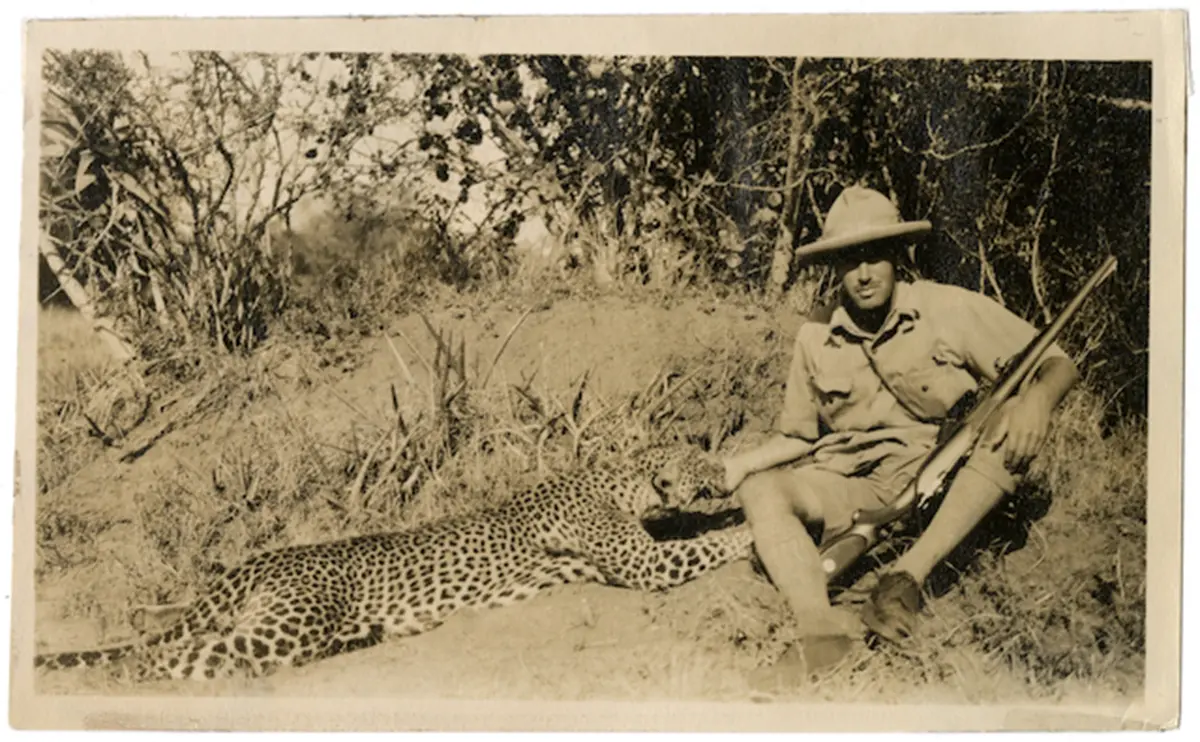
During the hunting expeditions he was not only impressed by the fauna, but by the African culture as well, with all its beauty and misery. His first hunting book was “Csui!..” [Chui!] followed by numerous exciting volumes featuring hunting expeditions. The Dark Continent remained his great love, but he hunted noteworthy trophies in Canada, and at the Indian tiger hunts as well. After all the adventurous and amazing years unfortunately unexpected twists and turns occurred in the count’s life: his wife divorced him shortly after the outbreak of the Second World War, and his mansion in Buda did not survive the siege of Budapest, therefore the war destroyed almost all his life’s work. He lost his stable family background and a large part of his wealth, so he took a job as hunting supervisor and later on as museologist of the Agricultural Museum. In the Rákosi Era he couldn't escape relocation, he lived in a henhouse with some other people.
After several years of torment his life took a positive direction again: he married Margit Hertelendy with whom they lived together for the rest of their lives, and he even visited his other love, the amazing Africa. Seeing the fast changing continent he wrote his book “Denaturált Afrika” [Denatured Africa] that describes the rhapsodic relationship of modernisation and nature. Until his death in 1967 he published several old and new volumes. Not even the tragic events of the 20th century made him leave his homeland, a famous anecdote tells of his decent and at the same time human sense of humour: when his friends asked him why didn’t leave the country during the Rákosi Era, he only answered “Zsiga would have gone, but Széchenyi wouldn’t let him”. A wildlife documentary was made about his life, which was presented in 2019, commemorating the 120th anniversary of the count’s birth.

